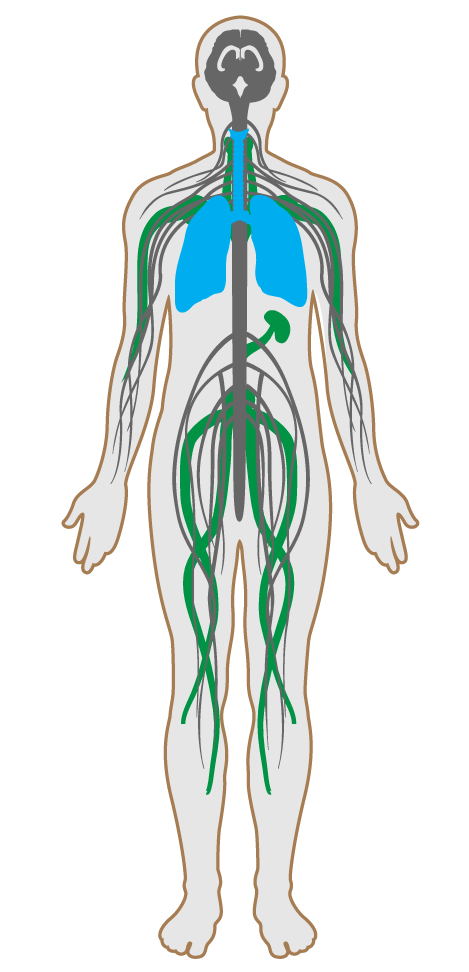Thermal comfort
- 71 Active furnishings
- 72 ADA accessible design standards
- 73 Ergonomics: visual and physical
- 74 Exterior noise intrusion
- 75 Internally generated noise
- 76 Thermal comfort
- 77 Olfactory comfort
- 78 Reverberation time
- 79 Sound masking
- 80 Sound reducing surfaces
- 81 Sound barriers
- 82 Individual thermal control
- 203 Circadian emulation
- 209 Advanced cleaning
76. Thermal comfort
Thermal comfort can affect mood, focus and productivity. However, preferences are highly personal and differ greatly from one individual to another. Balancing the energy requirements of large buildings with these varied occupant preferences can be challenging.
This feature uses best practices to ensure a sufficient level of comfort for the majority of occupants. ASHRAE Standard 55 specifies that thermal comfort can be achieved in two ways, either through the Standard Comfort Zone or the Adaptive Comfort Zone.
Projects over 200 m_ [2150 ft²] have the following free address requirement:
All spaces in naturally-ventilated projects meet the following criteria:
The following requirements will be met at all times in the kitchen:

Applicability Matrix
| Core & Shell | Tenant Improvement | New Construction | |
|---|---|---|---|
| Part 1: Free Address | - | O | O |
| Part 2: Natural Thermal Adaptation | P | P | P |
| Part 3: Thermal Comfort in the Kitchen | - | - | - |
| Commercial Kitchen | Schools | Multifamily Residential | Restaurant | Retail | |
|---|---|---|---|---|---|
| Part 1: Free Address | - | - | - | - | - |
| Part 2: Natural Thermal Adaptation | P | P | P | P | P |
| Part 3: Thermal Comfort in the Kitchen | P | - | - | - | - |
Verification Methods Matrix
| Letters of Assurance | Annotated Documents | On-Site Checks | |
|---|---|---|---|
|
PART 1 (Protocol) Free Address |
Policy Document | ||
|
PART 2 (Design) Natural Thermal Adaptation |
MEP | Spot Measurement | |
|
PART 3 () Thermal Comfort in the Kitchen |
MEP |
| 76.1.a |
ASHRAE Standard 55: Thermal Environmental Conditions for Human Occupancy sets best practices for thermal comfort in buildings. |
| 76.2.a |
ASHRAE Standard 55: Thermal Environmental Conditions for Human Occupancy sets best practices for thermal comfort in buildings. |
